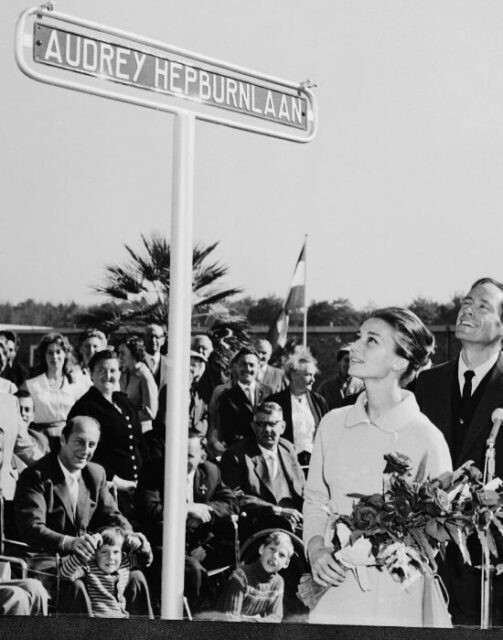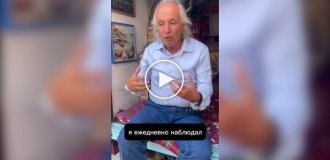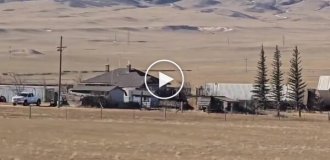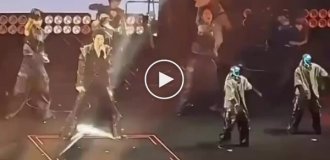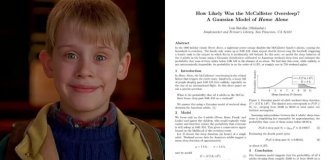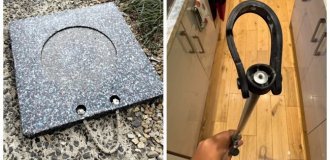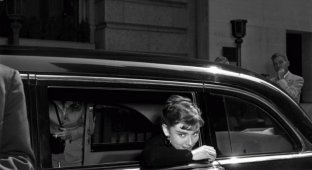How Audrey Hepburn danced to help the Dutch resistance (4 photos + 1 video)
To some, this movie star and style icon may seem too fragile and delicate to resist the fascists. However, during World War II, Audrey Hepburn had to live a secret life - as a child in the occupied Netherlands, she danced to raise funds for the Dutch Resistance movement. 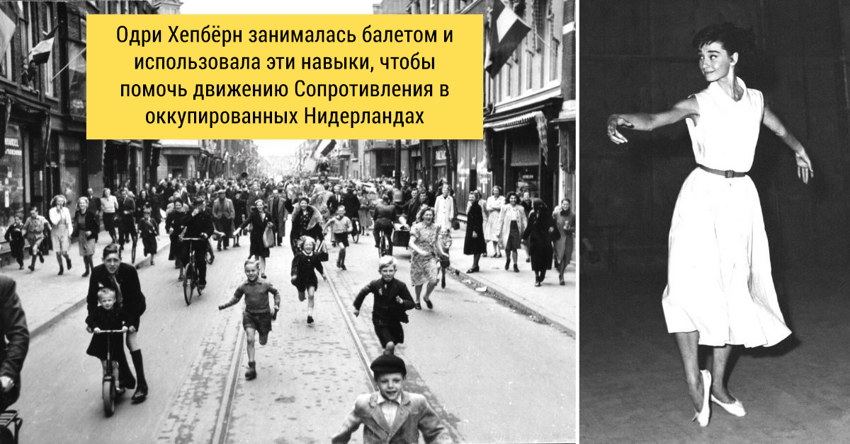
The actress spent most of her childhood under occupation
Audrey's life began as that of a true aristocrat, and she initially planned to become a ballerina, but World War II changed her plans. Audrey was born in Brussels, but ended up in Holland with her mother, Ella, as she considered it neutral territory. But in 1940, German troops invaded the country.
The Germans occupied the Netherlands for five years, and these years took a heavy toll on Audrey. As author Robert Matzen wrote in his book The Dutch Girl: Audrey Hepburn and the Second World War, the future star constantly listened to the screams of people who were tortured in a former bank building nearby. Residents of the village of Velp, located near the city of Arnhem, were denied food. Hepburn survived by eating tulip bulbs and hiding from bombs in the basement. At some point, a British pilot was hidden in the same basement - underground premises were especially important for the Resistance. 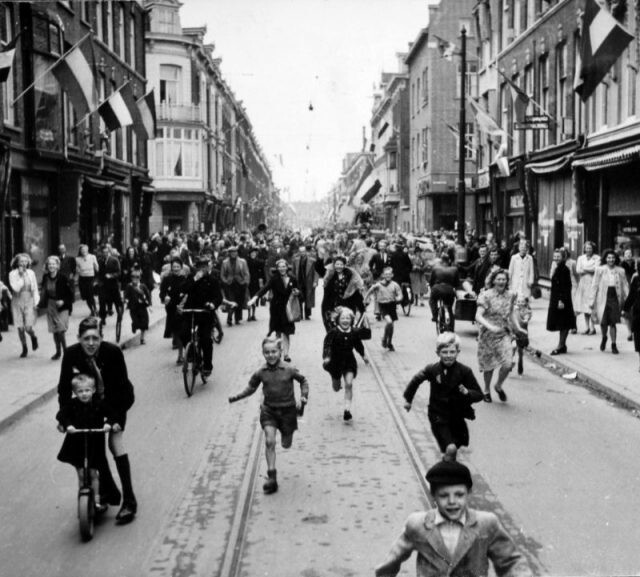
How Audrey helped the Resistance movement
After the most prominent figures in the village were eliminated, responsibility for the fight against the Nazis fell on the doctor Willem Visser 't Hooft - Audrey Hepburn became his assistant. From the outside it might seem that she was just assisting him in treating patients, but behind the scenes everything was much more dramatic. Her duties, among others, included working as a courier. While still a teenager, Hepburn delivered messages to pilots who were shot down nearby. One day, German soldiers caught her doing this, but Hepburn pretended to be a fool and collected flowers for them - that’s where her vaunted acting talent came into play!
Dr. Visser't Hooft and others relied on young people, knowing that it was easier for them to remain undetected. Hepburn's knowledge of English - and she had studied in Kent - was an invaluable asset, and played a key role in many of Hooft's operations. 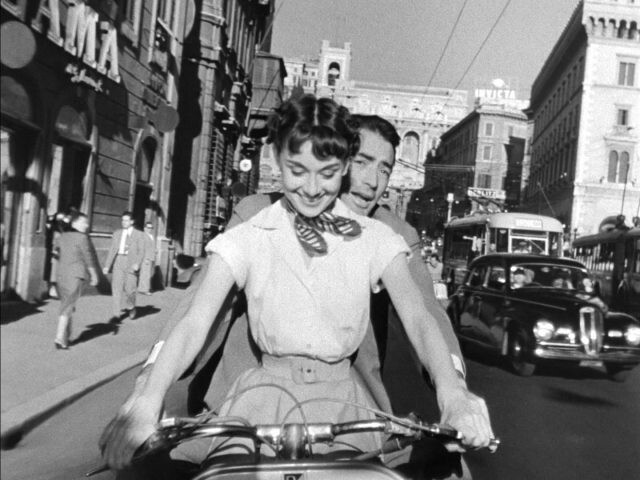
Hepburn continued to dance, but the scenery of her performances became increasingly gloomy. She began performing at secret fundraising events for the Resistance movement, something she talked about during the audition for Roman Holiday, during which filmmakers asked her to talk about the experience.
At the audition, Hepburn described how she danced ballet for an audience that did not applaud for fear that they would be caught by the Nazis. Matzen writes that such events were called "zwarte avonden" or "black evenings" because the windows of the establishments were either darkened or curtained so that the participants could not be detected. At the same audition, Hepburn called these dances “a way to contribute,” because, she continued, the Resistance “always needed money.”
In the video, the interviewer asks her what the Germans thought about it. “They didn’t know about it,” she replies, her face lighting up with the smile that audiences have come to love.
Matzen quotes Hepburn in an excerpt from a biography for Time magazine. The actress said that her performances "made people laugh and gave them the opportunity to get together and have a nice day listening to the music and watching my humble efforts."
The arrival of anti-Hitler coalition troops in the Netherlands prophesied a new beginning. However, like many others, Hepburn was deeply affected by the war. Her half-brothers Jan and Alexander were taken to a labor camp by the Germans. Her uncle Otto, who was like a father to Audrey, opposed the occupation and, to her horror, was executed.
The trace of the war remained with her until the end of her life.
"Roman Holiday" in 1953 was Audrey Hepburn's first film, after which she was a resounding success. However, there was a role that she refused to take on - the role of Anne Frank. They were both about the same age, and both had been in the Netherlands during the war. Hepburn even managed to read Frank's story before it became available to the general public: when Audrey and her mother moved to Amsterdam, they lived above the editor who published the famous diary. Returning to the topic of war was simply too difficult for the actress. As a result, Hepburn's career bypassed World War II.
As History.com notes, she "turned the image of the busty, blonde Hollywood starlet on its head, introducing a new ideal of beauty to millions of moviegoers." At the same time, few people knew that Hepburn’s famous fragility and slenderness were contributed precisely by years of malnutrition during the war. Audrey Hepburn played many wonderful roles, but her best performance, perhaps, took place long before she entered the Hollywood firmament.
